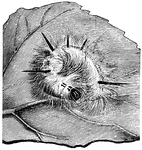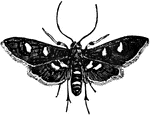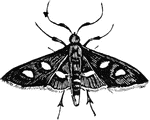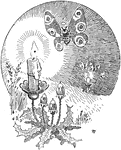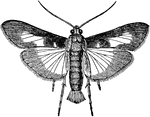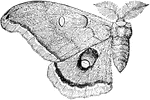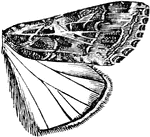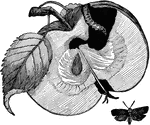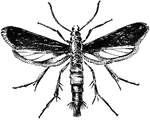
Death's Head Moth
A moth with markings on the back of its thorax very closely resembling a skull. Usually measures 4 to…
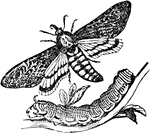
Death's Head Moth
"A species of Hawk-moth or lepidopterous insect of the family Sphingidae, not uncommon in some parts…

Skipper
"The Hesperidae or Skippers, so called from their jerky hesitating mode of flight, show, in the thickness…

Skipper
"The Hesperidae or Skippers, so called from their jerky hesitating mode of flight, show, in the thickness…

Sphinx Moth
"The Sphingina or Sphinx Moths, so callled from the curious havit which the larva have of raising the…

Sphinx Moth
"The Sphingina or Sphinx Moths, so callled from the curious havit which the larva have of raising the…
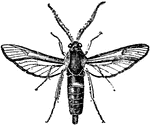
Sesiidae
"Clear-winged moths, Sesiidae, day-fliers, and looking more like bees, wasps, and ichneumons which they…

Bombycina
"Nocturnal moths, with the organs of the mouth in many cases so atrophied as to be unfit for use. These…

Bombycina
"Nocturnal moths, with the organs of the mouth in many cases so atrophied as to be unfit for use. These…

Bombycina
"Nocturnal moths, with the organs of the mouth in many cases so atrophied as to be unfit for use. These…

Bombycina
"Nocturnal moths, with the organs of the mouth in many cases so atrophied as to be unfit for use. These…

Noctuina
"The Noctuina form an eceedingly large group of nocturnal moths, although even here there are a few…

Noctuina
"The Noctuina form an eceedingly large group of nocturnal moths, although even here there are a few…

Geometrina
"The Geometrina in the larval condition have only four prolegs, the usual number being ten, and in moving…

Geometrina
"The Geometrina in the larval condition have only four prolegs, the usual number being ten, and in moving…
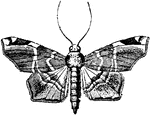
Pyralidina
"The Pyralidina are a group of small moths readily distinguished by their long slender bodies and large…
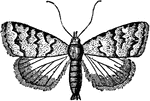
Pyralidina
"The Pyralidina are a group of small moths readily distinguished by their long slender bodies and large…
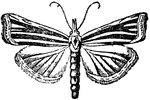
Pyralidina
"The Pyralidina are a group of small moths readily distinguished by their long slender bodies and large…

Pyralidina
"The Pyralidina are a group of small moths readily distinguished by their long slender bodies and large…
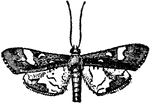
Pyralidina
"The Pyralidina are a group of small moths readily distinguished by their long slender bodies and large…

Tortricina
"The Tortricina include a great number of small moths exceedingly injurious to orchard and other trees.…

Tineina
"The Tineina contain the smallest of the Lepidoptera, and are best known as clothes moths. These clothe…

Tineina
"The Tineina contain the smallest of the Lepidoptera, and are best known as clothes moths. These clothe…
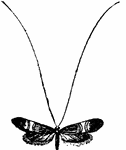
Tineina
"The Tineina contain the smallest of the Lepidoptera, and are best known as clothes moths. These clothe…
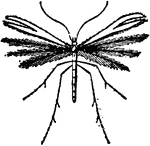
Plume Moth
"The insects of the group Pterophorina, are remarkable from the peculiar conformation of their wings.…

Plume Moth
"The insects of the group Pterophorina, are remarkable from the peculiar conformation of their wings.…
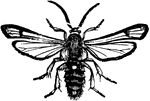
Blackberry Borer Male
A black, very little marked with yellow, and the only satisfactory remedy is cutting out and destroying…
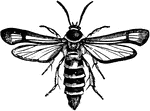
Blackberry Borer Female
A black, very little marked with yellow, and the only satisfactory remedy is cutting out and destroying…

Euchromia Ipomaeae
A moth that flies rather heavily and clumsily during the middle of the day in bright sunlight.
